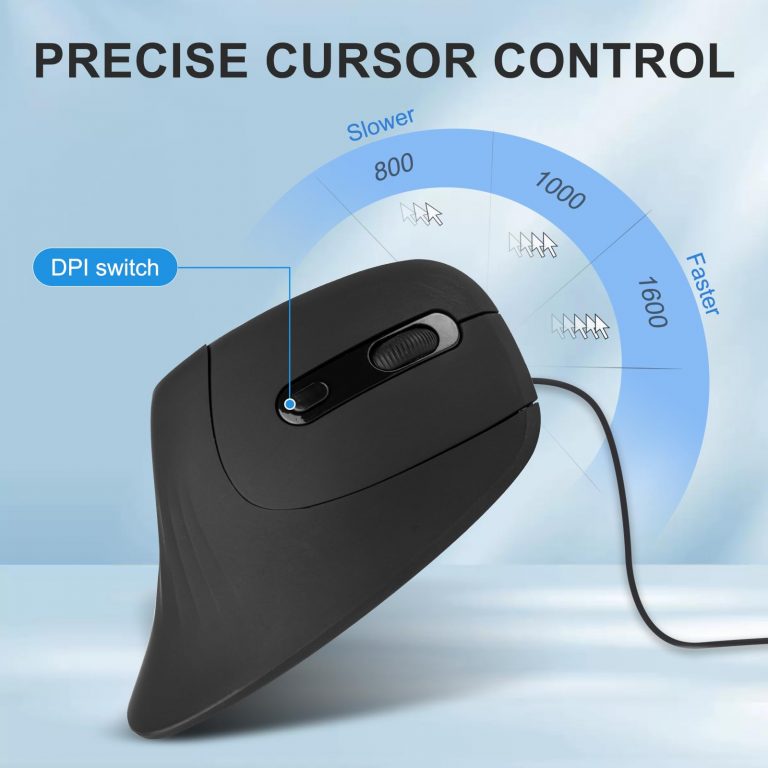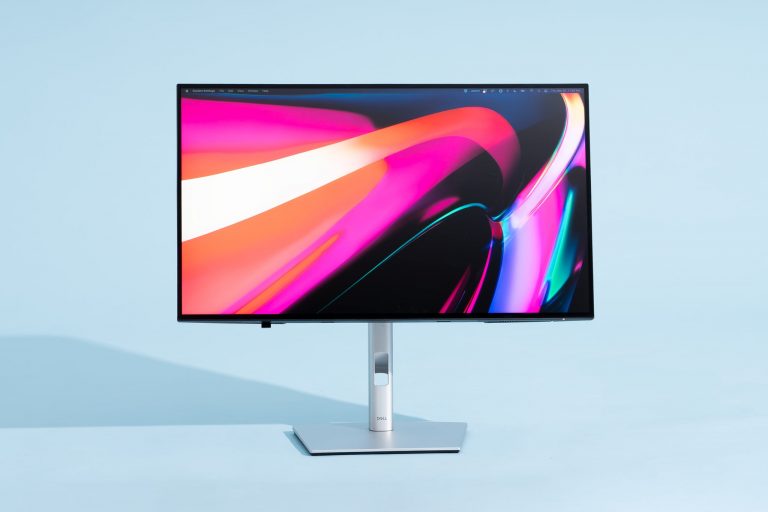
A Visual Display of Progress The Evolution of Monitors
Monitors, the visual interface between humans and computers, have undergone significant evolution since their inception. From bulky cathode-ray tube (CRT) displays to sleek, energy-efficient LCD and LED screens, monitors have become an integral part of our digital lives.
The Early Days of CRT Monitors
The first computer monitors were based on CRT technology, similar to traditional television sets. These monitors were bulky, energy-intensive, and prone to image distortion. However, they were the standard for many years, powering early personal computers and workstations.
The LCD Revolution
Liquid Crystal Display (LCD) technology revolutionized the monitor industry. LCD monitors are thinner, lighter, and more energy-efficient than CRT monitors. They offer better image quality, faster response times, and wider viewing angles.
- TFT-LCD: Thin-Film Transistor LCDs became the dominant technology for computer monitors due to their high resolution and color accuracy.
- IPS LCD: In-Plane Switching LCDs offer wider viewing angles and better color reproduction.
The Rise of LED Backlighting
LED (Light-Emitting Diode) backlighting further enhanced the performance of LCD monitors. LED backlighting provides superior brightness, contrast ratio, and color accuracy compared to traditional CCFL (Cold Cathode Fluorescent Lamp) backlighting.
The Age of OLED
Organic Light-Emitting Diode (OLED) technology has taken monitor displays to new heights. OLED monitors offer perfect black levels, infinite contrast ratios, and wider color gamuts. They are particularly popular among content creators and gamers who demand high-quality visuals.
Key Monitor Features and Considerations
When choosing a monitor, consider the following factors:
- Screen Size: The size of the screen, measured in inches.
- Resolution: The number of pixels on the screen, affecting image clarity and detail.
- Refresh Rate: The number of times the image on the screen is refreshed per second, crucial for gaming and video editing.
- Response Time: The time it takes for a pixel to change color, important for fast-moving visuals.
- Panel Type: The type of display technology used, such as LCD or OLED.
- Connectivity: The available ports, including HDMI, DisplayPort, and USB-C.
The Future of Monitor Technology
The future of monitor technology is exciting, with advancements in display technologies, such as Micro-LED and Quantum Dot displays, promising even better image quality and performance. Additionally, foldable and flexible displays are emerging as potential future trends, offering innovative form factors and user experiences.
As technology continues to evolve, so too will the capabilities and design of monitors. Whether it’s for work, entertainment, or gaming, the right monitor can significantly enhance your digital experience.
Would you like to delve deeper into a specific aspect of monitor technology, such as display types, resolution, or ergonomic considerations?




